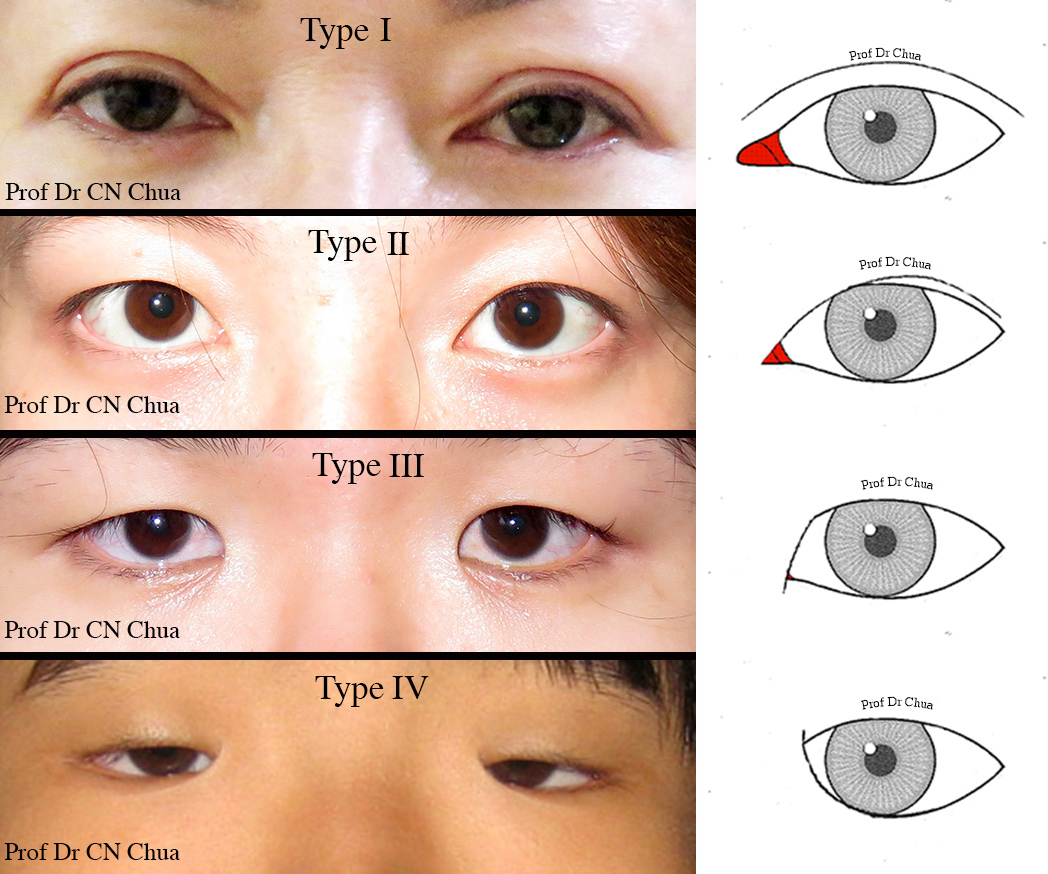Epicanthal folds are a fascinating anatomical feature observed in various populations around the world. These folds, which are characterized by a skin fold of the upper eyelid that covers the inner corner of the eye, contribute to the unique appearance of individuals. Understanding epicanthal folds goes beyond mere anatomy; it encompasses cultural significance, potential implications for health, and aesthetic considerations. In this article, we will explore the anatomy of epicanthal folds, their variations across different ethnicities, and their role in both medical and cosmetic fields.
The presence of epicanthal folds can be an important factor in identifying certain genetic conditions and syndromes. For instance, they are often associated with Down syndrome and other congenital conditions. However, they are also a normal variant in many people and do not necessarily indicate any health issues. In addition to their medical relevance, epicanthal folds have been embraced in various cultures, often celebrated for their beauty and uniqueness.
This comprehensive exploration will provide valuable insights for medical professionals, researchers, and individuals interested in the aesthetics of human anatomy. By the end of this article, readers will gain a deeper understanding of epicanthal folds, their implications, and their cultural significance.
Table of Contents
- What are Epicanthal Folds?
- Anatomy of Epicanthal Folds
- Ethnic Variations of Epicanthal Folds
- Medical Significance of Epicanthal Folds
- Cosmetic Aspects of Epicanthal Folds
- Cultural Significance of Epicanthal Folds
- Epicanthal Folds in Children
- Conclusion
What are Epicanthal Folds?
Epicanthal folds are skin folds that extend from the eyelid to the bridge of the nose. They can vary in size and prominence among individuals. While some people may have prominent folds, others may have subtle or barely noticeable ones. The presence of epicanthal folds is often linked to ethnic backgrounds, with certain populations exhibiting these folds more frequently.
Anatomy of Epicanthal Folds
The anatomical structure of epicanthal folds involves several components:
- Upper eyelid: The part of the eyelid that typically covers the eye and is involved in the formation of the fold.
- Inner canthus: The inner corner of the eye where the upper and lower eyelids meet, which is often obscured by the fold.
- Nasal bridge: The area between the eyes that may influence the prominence of the epicanthal fold.
Types of Epicanthal Folds
There are different classifications of epicanthal folds, including:
- Complete epicanthus: A fold that fully covers the inner canthus.
- Partial epicanthus: A fold that partially covers the inner canthus.
- Incipient epicanthus: A very subtle fold that may not be easily noticeable.
Ethnic Variations of Epicanthal Folds
Epicanthal folds are observed across various ethnic groups. They are particularly prominent in individuals of East Asian descent, but they can also be found in other populations, including those of Native American and some African ethnicities. Understanding these variations is crucial for appreciating the diversity of human anatomy.
Prevalence Among Different Ethnic Groups
The prevalence of epicanthal folds varies significantly among different ethnic groups:
- East Asians: High prevalence of prominent epicanthal folds.
- Caucasians: Lower prevalence, with folds often being less pronounced.
- African populations: Variable presence, dependent on specific ethnic backgrounds.
Medical Significance of Epicanthal Folds
While epicanthal folds can be a normal anatomical feature, they may also indicate underlying medical conditions. Some of the conditions associated with epicanthal folds include:
- Down syndrome: Individuals with Down syndrome often exhibit noticeable epicanthal folds.
- Turner syndrome: Epicanthal folds can be present in this chromosomal condition.
- Other congenital conditions: Various syndromes may include epicanthal folds as a characteristic feature.
Diagnosis and Assessment
Medical professionals often assess the presence of epicanthal folds during physical examinations, especially in pediatric patients. Genetic counseling may be recommended if folds are observed in conjunction with other anomalies.
Cosmetic Aspects of Epicanthal Folds
In the cosmetic world, epicanthal folds can influence beauty standards and aesthetic preferences. Many individuals embrace their epicanthal folds, viewing them as a unique aspect of their identity. However, some may seek cosmetic procedures to alter the appearance of their eyelids.
Cosmetic Procedures Involving Epicanthal Folds
Some common cosmetic procedures related to epicanthal folds include:
- Blepharoplasty: Eyelid surgery that can enhance or reduce the appearance of epicanthal folds.
- Double eyelid surgery: A common procedure in East Asian cultures aimed at creating a defined eyelid crease.
Cultural Significance of Epicanthal Folds
Across cultures, epicanthal folds hold different meanings and are often celebrated as a symbol of beauty. In East Asian cultures, for instance, these folds are commonly recognized as an attractive feature, while in other cultures, they may be viewed differently.
Representation in Media and Art
Epicanthal folds have been represented in various forms of media and art, contributing to the appreciation of diversity in beauty standards. Many artists and filmmakers showcase characters with epicanthal folds, promoting inclusivity and representation.
Epicanthal Folds in Children
Epicanthal folds are often observed in infants and young children. In most cases, they are a normal anatomical feature that may become less prominent with age. However, if accompanied by other physical anomalies, a pediatric evaluation may be warranted.
Conclusion
In conclusion, epicanthal folds are a significant aspect of human anatomy that reflect both genetic diversity and cultural perspectives. While they can be associated with certain medical conditions, they are also embraced for their unique aesthetic qualities. Understanding the implications of epicanthal folds allows for a deeper appreciation of human diversity and beauty.
We encourage readers to share their thoughts on this topic in the comments section below. If you found this article informative, please consider sharing it with others or exploring more articles on our site.
References
Pantypoop: Understanding The Phenomenon And Its Implications
Exploring Prince Charming From Shrek: A Deep Dive Into The Iconic Character
Understanding The Taboo Of Bestiality: A Comprehensive Exploration


